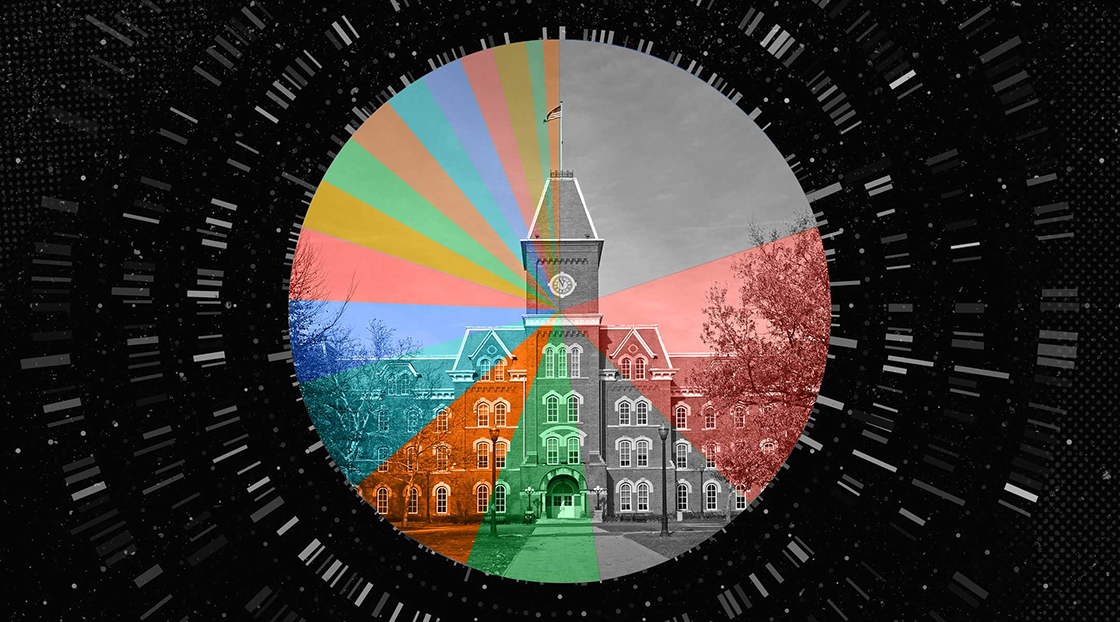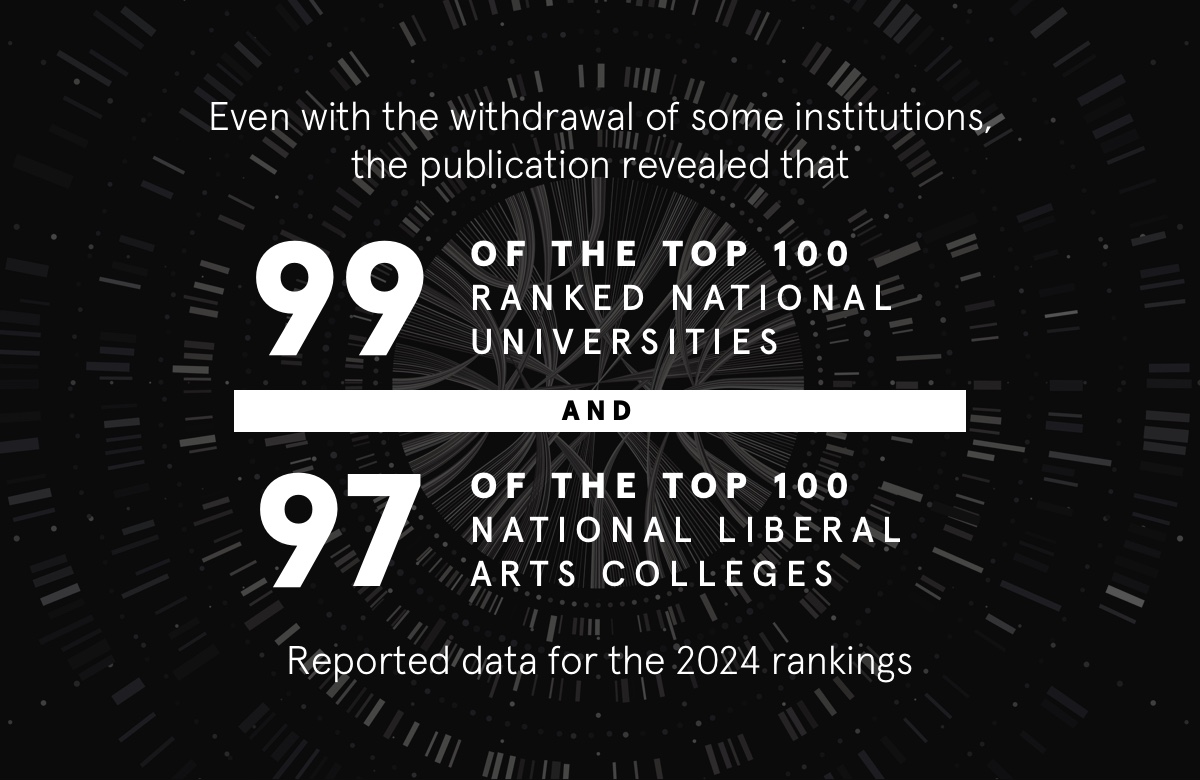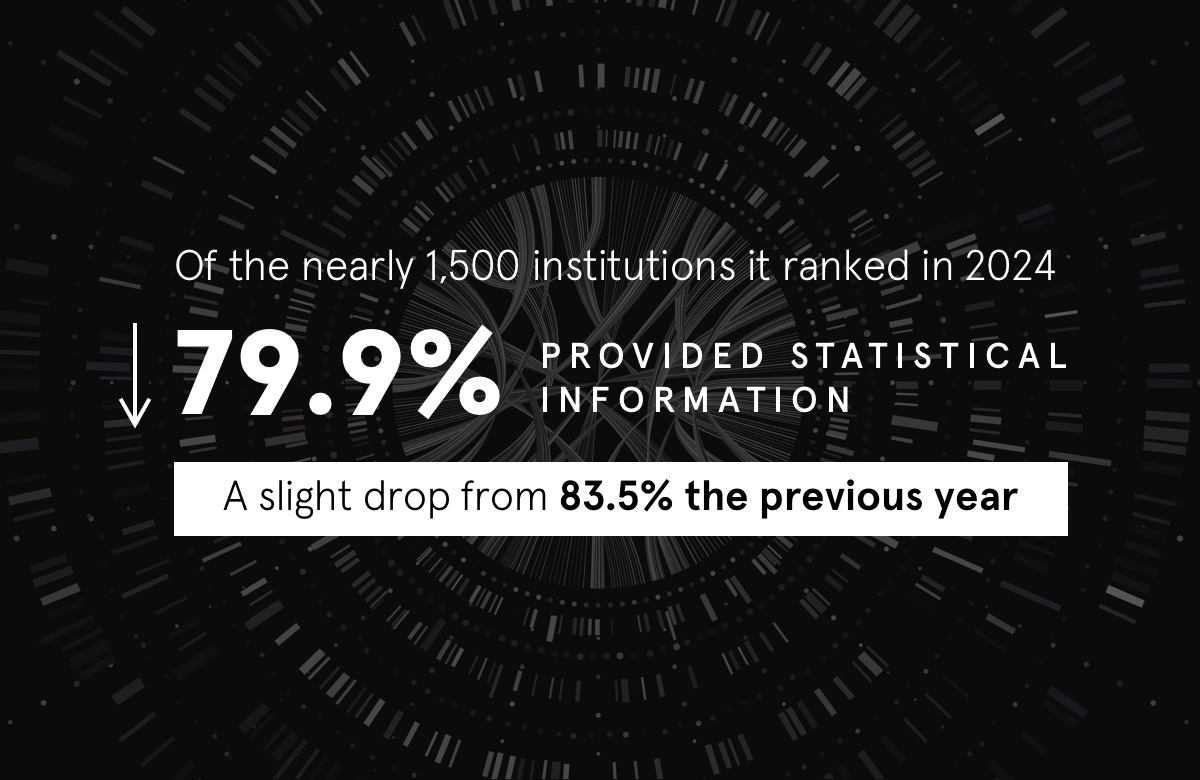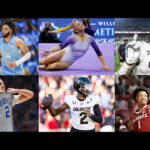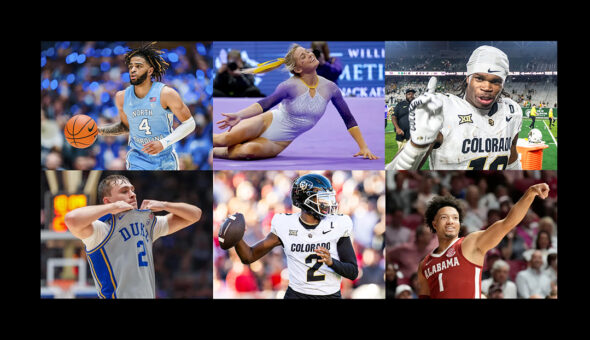Usefulness for Students/Parents
Brady Norvall, founder and chief education officer at FindaBetterU, noted that while institutions often criticize rankings, students and parents find them valuable for providing clarity in the overwhelming college process.
“The paradox of choice is overwhelming. People are using the rankings as a filter because they give families an ability to say these are my best 100 options,” he said.
It’s easy to understand why students and their families want to make data-informed decisions about college, especially their return on investment, Peters admitted. However, she cautions that the rankings may not fully capture the value of higher education.
“It’s an incredible investment of time and money on behalf of them and their families. I can see all students relying on the U.S. News & World Report rankings, but especially students whose parents are college educated relying on this list in particular,” she said.
Paskill agrees that the rankings are a relevant part of the college selection process, especially among parents because they value the long legacy of the publication.
Many of the students and parents who Alecia Mahato, an IvyWise college admissions counselor and former assistant director of admissions at Duke University, works with use the rankings as a starting point for their college searches. However, once they consider personal factors, such as academic interests, location and school culture, families tend to look beyond the rankings.
She encourages students to “take rankings with a grain of salt because rankings are not an indicator of the best academic and personal fit.”
Mahato added, “It’s the responsibility of college counselors to really encourage students to broaden their lists and to help them find colleges that meet all of their needs rather than advising that they add colleges to their lists based on rankings.”
